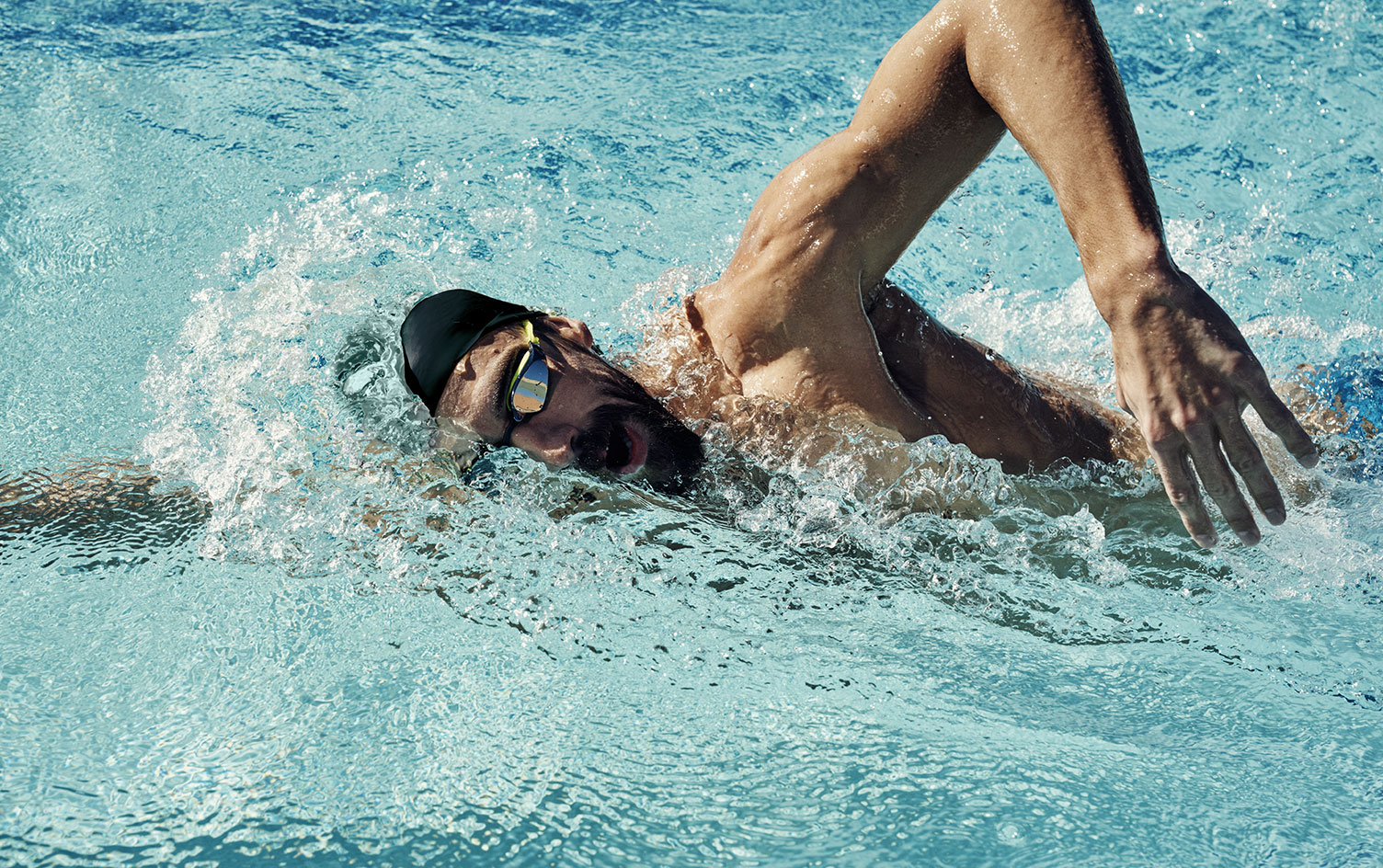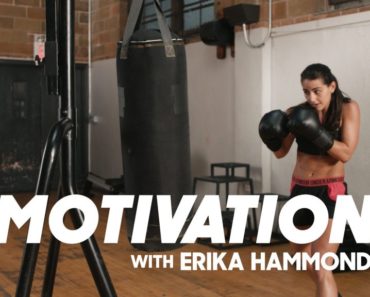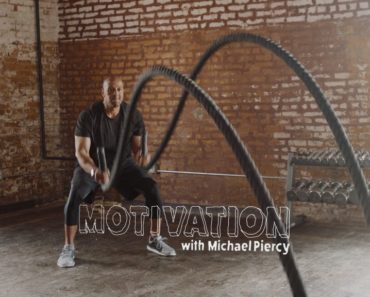
There are many successful strategies for setting realistic, achievable goals, as well as measuring your progress. But there’s one quirky technique that tends to be underutilized: visualization.
With this tactic, you’re basically using your imagination to “see” yourself as successful in very specific ways, says performance coach Barbara Cox, PhD. For example, if your goal is to deadlift a certain weight, speed through an obstacle course or lower your golf score, you can raise your chances of doing those well if you first imagine yourself doing them.
“In other words, in your mind, you’ve already hit your goal. Now you just have to get there in your body.”
“Many of my clients have improved their sports performance considerably through guided visualization,” says Cox. “If you can get into a relaxed brainwave state, called an alpha state, and create a vision of what you want to accomplish, you can ‘feel’ what it’s like to have it occur.”
The feeling is often a huge motivational push, she adds, because it takes away some of the emotion around uncertainty or doubt. In other words, in your mind, you’ve already hit your goal. Now you just have to get there in your body.
Here are three steps toward using visualization to help you achieve better outcomes — no matter your goal:
1. GET SPECIFIC IN YOUR OUTCOME
Maybe you want to be the first across the finish line and stand at the top tier of the winner’s platform. Or maybe you just want to cross the finish line at a local 5K where you’ve always been a spectator but never a runner. Whatever you want to accomplish, it’s helpful to be as specific as possible, according to motivational speaker and life coach Jen Sincero, author of “You Are a Badass.”
“The more details you can envision, the better it will be, because that gives your brain something to work with,” she says. “Simply saying, ‘I want to be successful’ or ‘I want to be stronger’ is far too vague. You can’t pinpoint what that would feel like.”
But close your eyes and imagine putting a barbell on your shoulders for a 300-pound squat. Feel the roughness of the metal on your hands, the smell of the gym, the encouraging shouts of your squad. What would it feel like to crush that personal record? That’s what feeling stronger would mean in your body.
2. EMPLOY DEEP BREATHING
There’s a reason breathing is such an area of focus for meditation and visualization. “Relaxed breathing pairs extremely well with visualization,” says Cox. “It allows you to expand on what you’re imagining, because you’re removing some of the stress within your body.”
When you breathe deeply, you cause a cascade of reactions within the brain — most notably, by reducing your level of cortisol, the hormone responsible for the stress-inducing “fight or flight” response. What rises instead are the “feel good” hormones like serotonin, dopamine and oxytocin, notes Loretta Graziano Breuning, PhD, author of “Habits of a Happy Brain.”
When your brain is flooded with these chemicals, it establishes neural connections that help you hit your goals, she says, especially if you pair deep breath work with vivid visualizations. “Your brain is all about establishing a reward system,” says Breuning. “You’re creating a scenario where reaching your goals becomes a huge reward that’s filled with all these happy sensations.”
3. GET CREATIVE
If you want a visualization role model, look to swimmer Michael Phelps, who definitely knows what it’s like to stand on that top Olympic platform — over and over again.

According to Phelps’ coach, Bob Bowman, the athlete was on that podium in his mind long before he ever stepped up there in real life. Bowman notes that for months before a race, Phelps “mentally rehearses” for up to two hours a day — he sees himself winning, he tastes the water, he sees the clock as he touches the pool wall.
READ MORE > THE POWER OF THE PLACEBO EFFECT AS A PERFORMANCE BOOST
Bowman adds that Phelps also sees himself from the outside, as a spectator in the stands, and also imagines all the obstacles that could block him from his time goal. That allows him to be incredibly prepared when he gets to practice — after all, he’s already spent hours in the “pool” before getting in the water.
As Bowman says, “the brain cannot distinguish between something that’s vividly imagined and something that’s real.”
So, when you’re setting goals of any kind for the months ahead, set aside time to be completely still, quiet and focused. Even when you’re not moving a muscle, you can be working hard toward achieving your performance goals.
The post For Better Performance, Use Your Imagination appeared first on Under Armour.
(via MyFitnessPal Blog)






